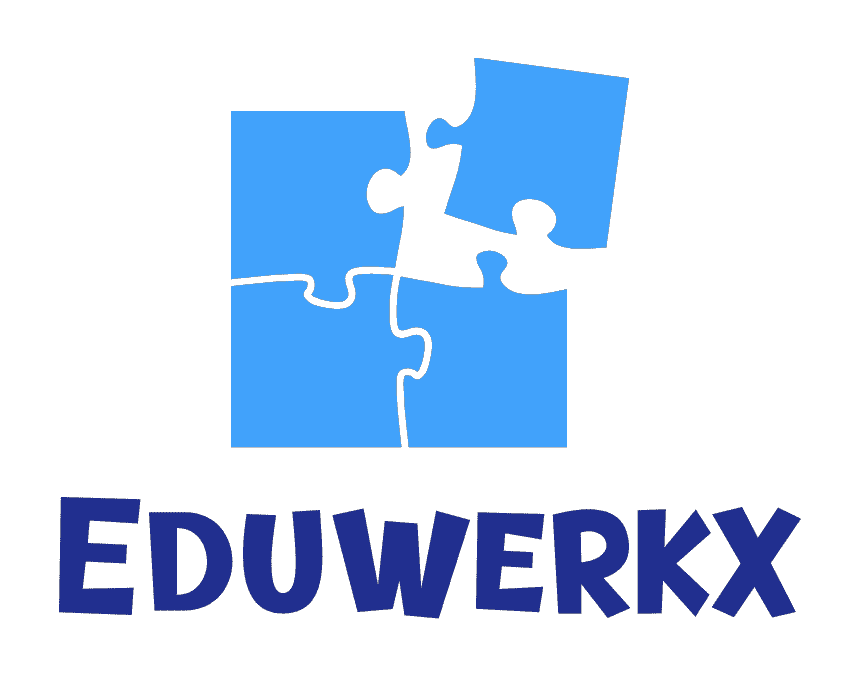Many parents hold the belief that “more is always better” when it comes to their children’s success and development. They tend to assume that cognitive development works like a simple input-output system: more studying, more classes, more mental effort in learning or more study techniques will lead to better outcomes. The idea that “more is always better” when it comes to cognitive development is a common misconception—and one that research does not support.
While it may seem logical to assume that piling on more lessons, activities, or academic tasks would accelerate a child’s growth, studies show that excessive cognitive load can actually have the opposite effect of slowing your child’s growth. Despite this, many educators and businesses continue to promote the idea that constant practice and non-stop learning are keys to success. While this can undeniably deliver immediate results, it comes at the cost of your child’s well-being and true intellectual development.
Consequences of Low Energy Availability During Development
When your child’s cognitive resources are lacking, the brain’s structure starts to develop in an altered way, affecting its functionality. Just as a family with limited finances prioritizes essential expenses like food and shelter, the developing brain prioritizes the development of certain regions and functions critical for immediate survival when resources are scarce. The brain ends up devoting the resources to the amygdala and other structures involved in threat detection and stress response. Other than development, cognitive resources are also needed to maintain existing neural networks in the brain.
It’s similar to the maintenance of an air conditioner, when neglected and left without maintenance, it eventually leaks and fails to cool effectively. When resources are low, the brain gets rid of neural networks that are not used often or networks that require a lot of energy to maintain, like word-based memories. When this process happens too often, the brain may lose cognitive flexibility, reducing its capacity to manage complex tasks. It’s similar to how a plant might stop growing new leaves when it’s struggling to survive in harsh conditions. In such situations, the plant conserves its energy for survival, focusing on maintaining the most essential functions.
Similarly, the brain develops in a way which prioritizes cognitive reserves preservation over growth. The brain may develop internal barriers to reduce energy consumption or shut down development in areas it considers non-essential. While these actions can save energy, they come at a cost. These actions slow your child’s development and affect how quickly they can understand new concepts, handle complexity and emotional regulation, potentially impacting their confidence and long-term success.
Why Learning with Images is a Smarter Way to Learn & Grow?
Our brains have developed their learning architecture over millions of years of evolution, long before written language emerged around 5,000 years ago, which helps explain why the brain is naturally wired to form connections between images—much like how we use mind maps to remember word content. The brain does this automatically and effortlessly, which isn’t surprising when studies suggest it can process images up to 600 times faster than text. Images not only grab attention quickly but also enhance learning by up to 400%, making information more memorable and easier to understand, people tend to remember 80% of what they see compared to only 20% of what they read.
When you learn with images, the brain is immediately given the full picture instead of having to piece it one by one like a jigsaw puzzle. Curious about how the right learning habits separate the average from the exceptional? Like and follow to find out more!
